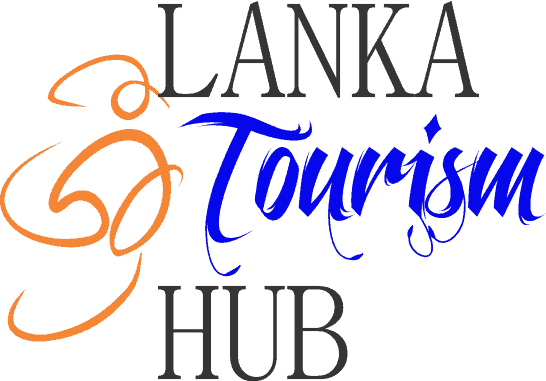Handicrafts
Handcrafted things never go out style..
Handicrafts in Sri Lanka are the creative & best products made by the skill of the hand without the help of modern machinery and equipments. Nowadays, hand-made products are considered to be a fashion statement and an item of luxury.
Final Tiles Gallery id=64 does not exist

Baticks
Titik" or "Tik" means a bit or a drop in Indonesian language. The melted wax covers the area of the cloth that does not get a particular color. This is a tedious process, depending on the colour scheme the already prepared cloth has to go into the color bath several times. The patterns are generally drawn on the white cloth with the help of a template, but an Artist who is talented has the ability comes from china not only cotton but pure silk as well used in this from of art The lime drawing is the initial step. Then waxing begins and depending on the pattern and the size of the Artwork several waxing and boiling sessions take place between the dyeing sessions. The "Tie & Dye" method was popular some time ago with this method the drawing is not necessary but there is only a uniform round patterns with multi colors available. Cloth should be washed thoroughly to remove the starch. To be the cloth should be pinned to a Frame. A drawing pen with a heap with molten wax is used to trace the pattern with wax and all areas that do not take the first dye is waxed. The Temperature of wax 17° c. When wax is cooled the cloth is submerged in a Bowl of cold water and then placed in the dye bath added with soda & salt, for 30-60 minutes. Then the cloth is removed and paged to drip. Then to remove wax the cloth should be boiled in a container for 5 minutes with detergents. Then the cloth is Rinsed and dried. This is the process for each color until the Final design is completed.
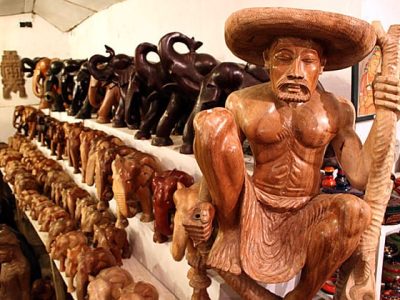
Woodwork
Woodcarving is one of the oldest crafts still practiced in Sri Lanka. Artisans of old had a preference for low-relief woodcarving, which lent itself to decorative wooden panels, boxes, and tables. Today, many decorative panels are still carved using traditional designs. In the handicrafts industry masks and wood carvings have remained as prestigious items reflecting not only traditional craft skills but the theatrical and cultural values of a past age.
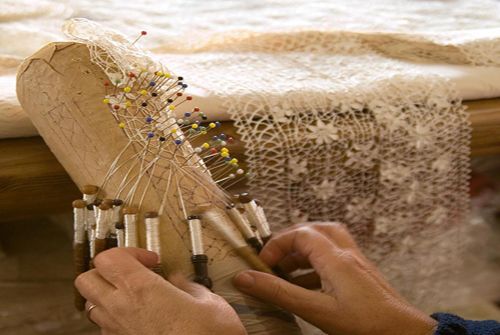
Lacemaking
Lacemaking is not an indigenous art. Dutch ladies probably introduced it during Dutch colonial times, particularly in the Galle area. Sinhalese ladies caught on, and lacemaking soon became an established local craft. During the 19th century, when Galle was at its zenith as a port, it became popular with passengers. Today, many older village women in the Galle area still spend their spare time making pillow lace and crochet lace, but when that generation passes the craft may die.
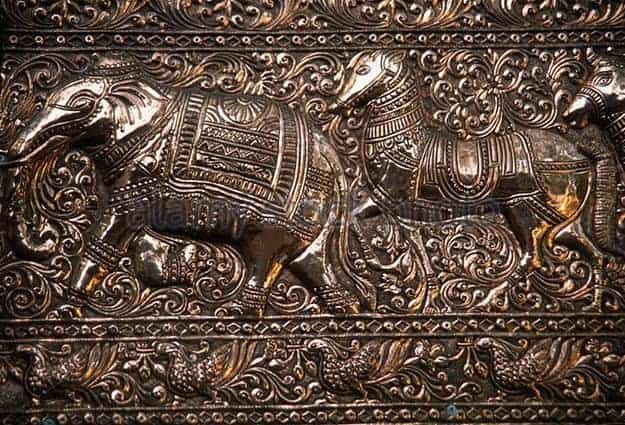
Metalwork’s
Sri Lanka has a long tradition in metals such as gold, silver, brass, tin, lead and iron, as well as their various alloys, in all sorts of work, from ornamental casting and pierced designs, to damascene- and filigree-work. Brass is the most common ornamental metal used outside of jewelry, and therefore the one most likely to be encountered and purchased by visitors. The alloy used in Sri Lanka is excellent for both cast work and cutwork. Castings in brass are usually created by the “lost wax” method, in which the model is sculpted in wax, covered with clay, and baked so that the wax melts and a mold is formed. Cutwork, on the other hand, involves cutting the pattern onto a flat sheet of metal and then embellishing the work by engraving, hatching, or reposes to produce items such as trays and plaques. Reposes is the most characteristic type of Sri Lankan metalwork, used on brass, copper, silver, or all three together to create a variety of traditional designs.
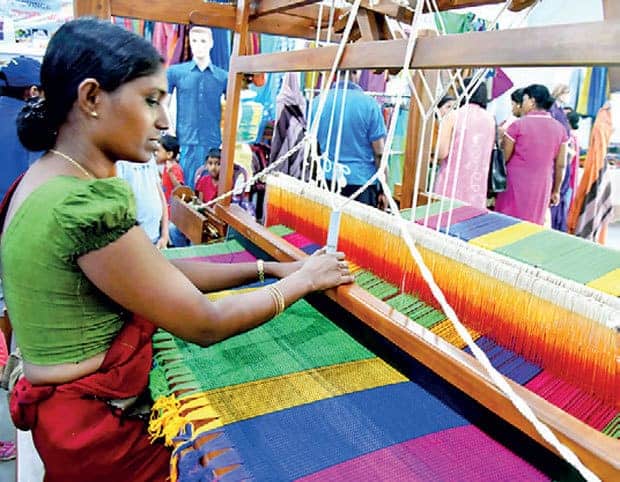
Handloom textiles
Although hand woven materials have lost their pre-eminence since the introduction of machine-made textiles, the craft of weaving high quality handloom textiles has experienced a remarkable resurgence in Sri Lanka over the past half century.

Lacquer work
Lacquer work involves the intricate decoration of wooden objects such as bowls and ashtrays with a resin secreted from the bark of certain trees that have been infested with the lac beetle. The resin, also called lac, is scraped from the bark, melted down and strained. While the lac is soft, pigment is beaten in to produce the desired color. Then it is left to dry. Two different techniques are used to apply lac. One method, called beraluveda or spool-work, involves putting the object to be decorated on a lathe, spinning it, and applying a hardened stick of lac to it at an angle, rather like a woodcarving tool. The resulting friction melts the lac, which seeps into the grain yet gives a glossy coating. The other technique involves drawing heated and softened lac into a fine thread and laying it in a pattern. This method is called niyapothuveda or nailwork, since the thumbnail is used to fashion the thread of lac. Today, lacquer work is also produced by the inferior method of painting the object and covering it with layers of varnish. Visitors who wish to witness this craft should travel to the villages of Angalmaduwa near Tangalle, which is famous for beraluveda, and PalleHapuvida near Matale, which is renowned for niyapothuveda. Lacquer work image

Pottery
Pottery, like mat weaving, is a craft essential to village life in Sri Lanka. Robert Knox observed in An Historical Relation of Ceylon (1681) that the Sinhalese are adept at crafting “all sorts of earthenware to boil, stew, fry and fetch water in.” Today, as then, the potter can invariably be found demonstrating his or her skills in the verandah. Most of the pottery is thrown on small wheels turned by the potter himself. The output consists largely of simple undecorated pieces, but there is an increased demand for decorated pottery. Such decoration is usually done by incising patterns or stamping with a wooden die while the clay is still wet. Sometimes a glaze is painted prior to firing, which is done in a traditional kiln built of brick or stone and covered with a vaulted wattle-and-daub roof. The primarily utilitarian character of Sri Lankan pottery remains to this day. It lends charm to its elegance of form and simplicity of ornamentation. Items include small clay lamps, elegant water-jugs and practical cooking vessels. Figurines and delightful animals with distinctly Sinhalese characteristics are also made. These can be seen in abundance just outside Weligama.
